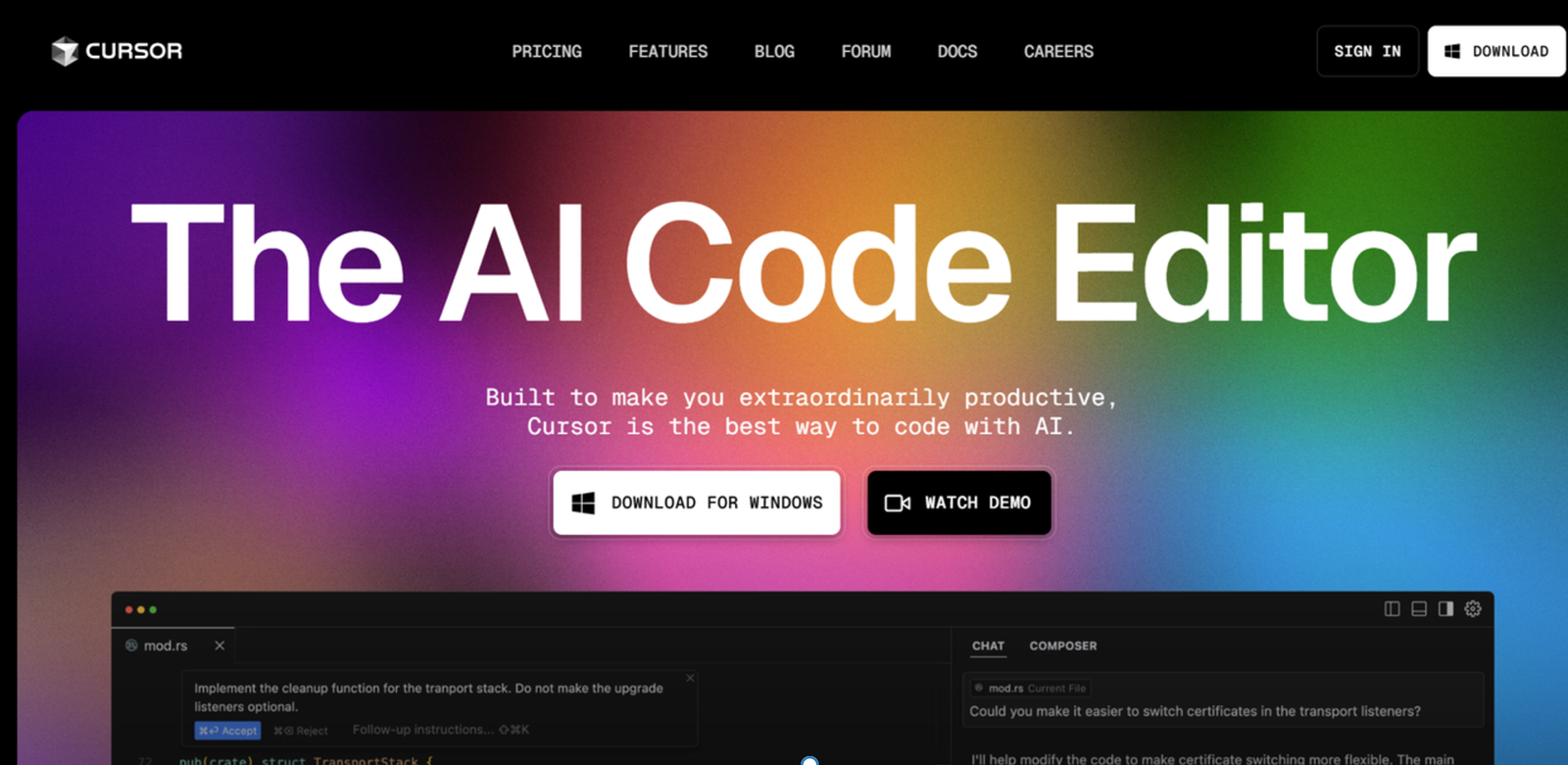- Building your own co-pilot with Azure AI is like creating the ultimate sidekick
for your enterprise data journey. It’s all about teaching your AI to chat, search for info, and generate responses using code. It’s like coding your own superhero from scratch!
- Azure AI Studio is your ultimate coding playground
where you can build, deploy, and evaluate the quality of your co-pilot. It’s like having your own secret lab to train your AI sidekick. It’s all about testing, tweaking, and improving its performance.
- The key to success is to ace the evaluation game
. You need to feed your co-pilot with example questions, test its responses, and debug the answers. It’s like fine-tuning your sidekick’s superhero skills to make sure it’s ready for the big league.
- Once your co-pilot is supercharged
and ready to go, you can deploy it to an endpoint and watch it rock the world. It’s like unleashing your AI sidekick into the digital universe to assist and empower your web applications. It’s all about making your AI dreams a reality!
Table of Contents
ToggleIntroduction 
In this video, we will explore how to build your own co-pilot using Azure AI with custom Python by using the Azure AI SDK and CLI in our hosted VSS code web development environment.
Setting Up the Project 
To get started, we will create a new project in Azure AI Studio and specify a project name. We’ll then select a new AI resource to host our project and ensure that our environment is ready for VS code to run in on this project.
| Steps | Description |
|---|---|
| Create a new project | Specify a project name and select a new AI resource |
| Set up the environment | Ensure that the environment is ready for VS code to run in |
Coding and Deployment 
We’ll then move on to opening VS code web, cloning a sample repository, and following the instructions to install necessary packages and create the AI file using the Azure AI CLI. After authenticating and configuring everything needed for our code to run, we’ll deploy the application and create environment variables for use with our code.
Now that our environment is configured, we can continue from there.
Testing and Evaluation 
We’ll test the application and use the built-in capabilities of the Azure AI to ensure that everything is set up correctly. We’ll then generate environment variables for our code and move on to running the application. We’ll also evaluate and improve the quality of responses that we get with the co-pilot to ensure that it’s ready for production.
| Testing and Evaluation | Description |
|---|---|
| Run and test the application | Test the application and use built-in capabilities for verification |
| Evaluate and improve responses | Evaluate and improve the quality of responses to ensure readiness for production |
Deployment and Conclusion 
Finally, we’ll deploy the co-pilot to an endpoint so that it can be consumed by a web application or website. Once deployed, we can test the response and ensure that our custom co-pilot is ready for use.
Thank you for watching! Join us on ai.azure.com to get started today.
Key Takeaways
Now that we have explored the process of building our own co-pilot using Azure AI Studio, we have a better understanding of the steps involved and the tools available to us for creating custom solutions.
For more in-depth resources, visit ai.azure.com.



